
Burroughs Family Farms
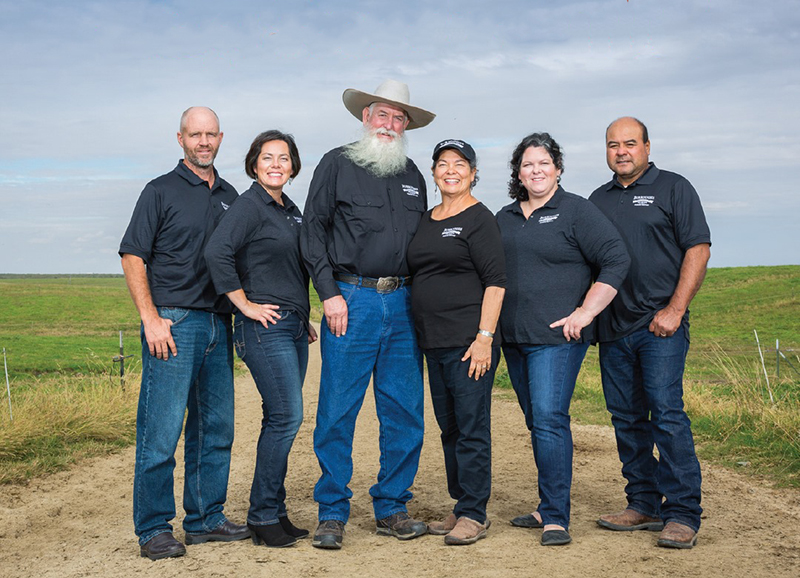
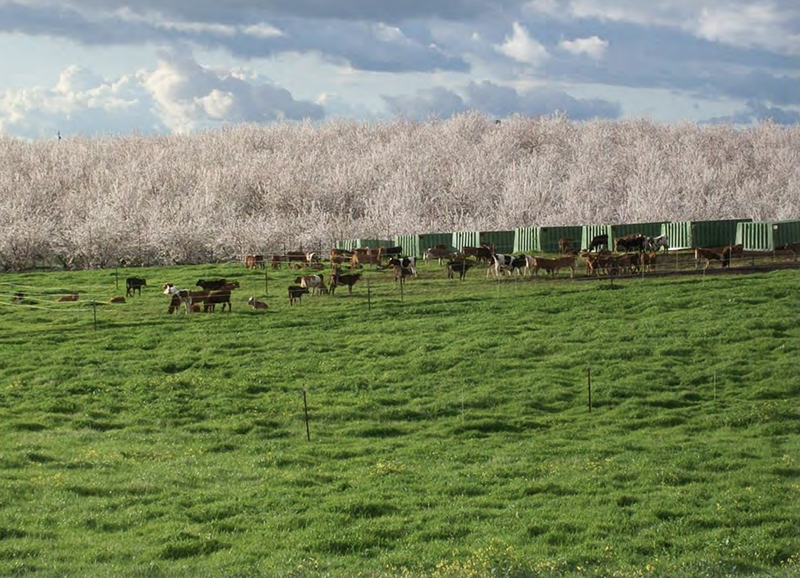
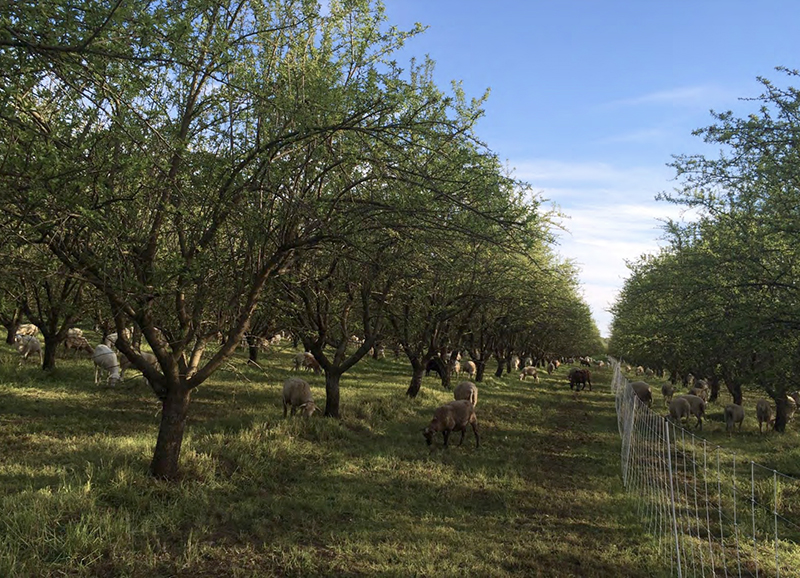
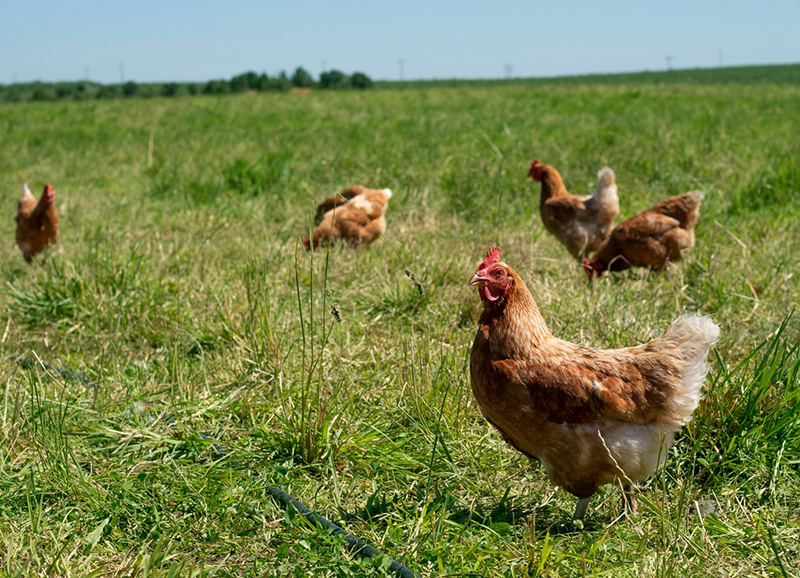
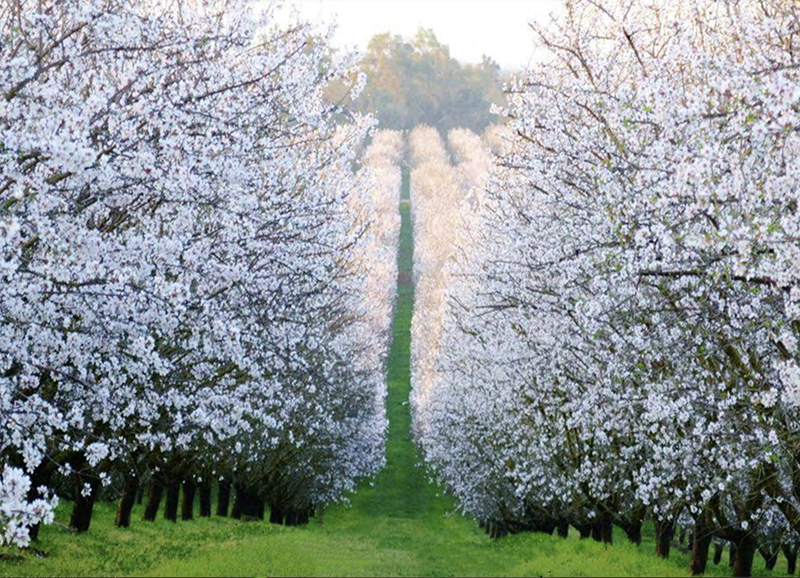

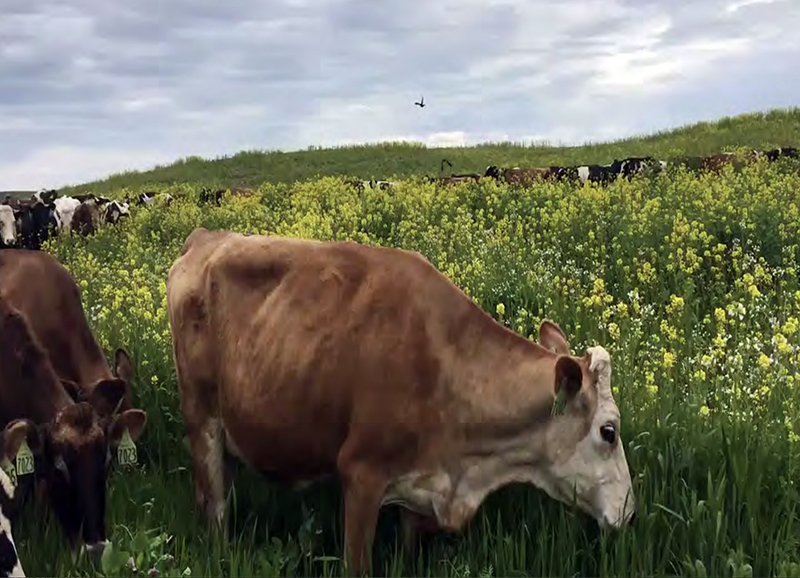
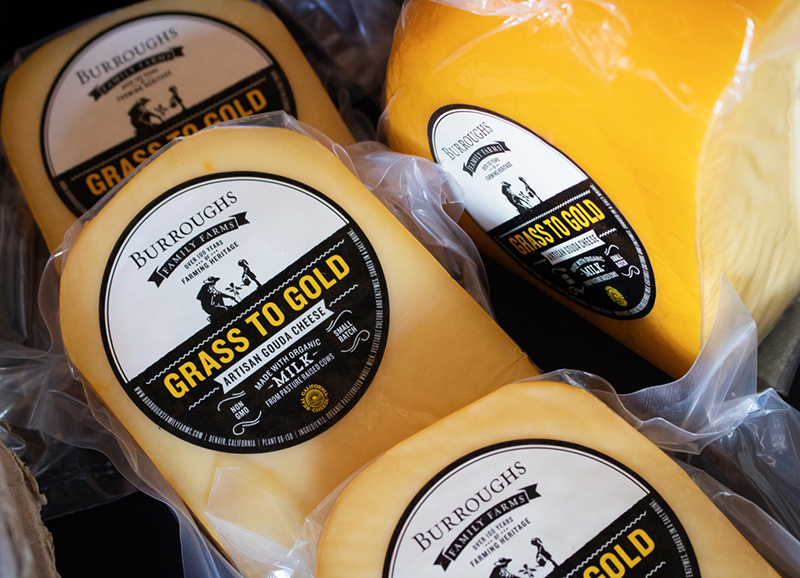
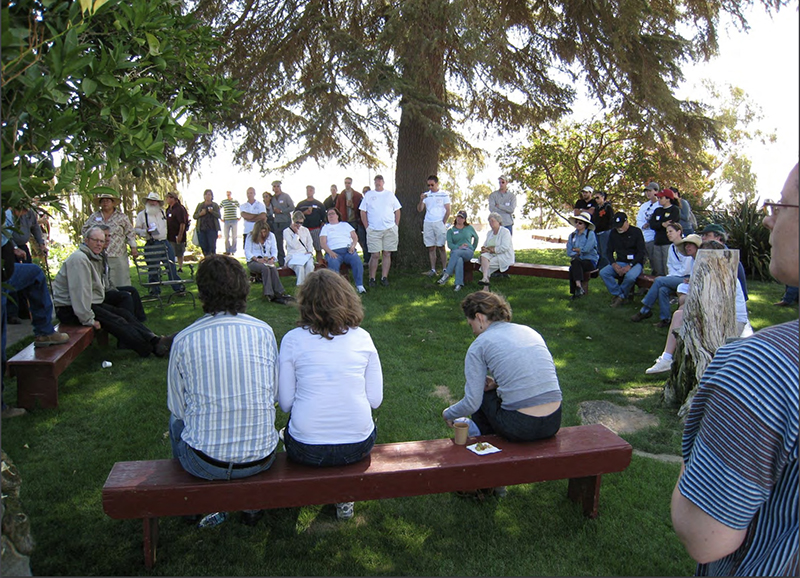
Burroughs Family Farms (opens in new window)trace their agricultural roots to 1894, when Benjamin Burroughs traveled from Illinois to California to start a family dairy and creamery. Shortly after, in 1906, Benjamin Burroughs established his dairy, beginning the family farming legacy that has grown for over a century. Now, this legacy is carried on by Ward and Rosie Burroughs, their children, and their respective families. The Burroughs family owns and operates farms in California’s San Joaquin Valley in Merced County under the magnificent view of Half Dome of Yosemite National Park.
Burroughs Family Farms is a family-owned collaborative effort of four farms owned individually by each of the Burroughs siblings, with Ward and Rosie Burroughs being business partners in each. Together, these farms make up Burroughs Family Farms, the marketing flagship for products produced by the family enterprises. Burroughs Family Farms produces and sells products grown or raised using regenerative and organic practices. These products include the following: almonds, beef, chickens, cheese, dairy cattle, eggs, meat birds, olives, sheep, and working and guard dogs. Burroughs Family Farms products are grown without the use of synthetic pesticides or fertilizers, are certified organic, and are non-GMO; their livestock are grass-fed and are raised without the use of artificial hormones or antibiotics. Burroughs Family Farms beef and dairy cattle are raised primarily on pasture, receiving approximately 80% of their annual nutrition from pasture and forage.
The family farms that make up Burroughs Family Farms have been certified 100% organic for almost 20 years, with regenerative practices being implemented for 45 years. The transition from conventional farming to regenerative, organic farming was the result of a combination of family beliefs surrounding health, nutrition, the environment, and the relationships between each. With regenerative, organic farming, the health and nutrition of people and the health of the environment are given the highest priority.
The Burroughs’ commitment to regenerative, organic farming can be seen in their continuous work to promote the restoration of soils and land. As part of their desire to further regenerative agriculture, the Burroughs provided the first seed funding to start the Initiative for the Center for Regenerative Agriculture, now known as the Center for Regenerative Agriculture and Resilient Systems, and are founding members of the organization.
Regenerative Practices They Use
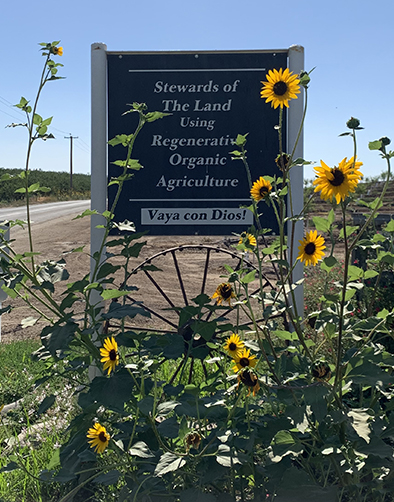
As advocates of regenerative agriculture, the Burroughs family utilizes a wide array of practices developed to care for the entirety of the land in which they farm. These practices include the following: building the organic matter of the soil with compost, compost tea, manure, and dried poultry litter (DPL); using minimal- to no-till methods on perennial, annual, and pasture crops; planting a diversity of cover crops; grazing animals on pasture year-round and on perennials when possible during the spring season; and planting hedgerows for increased levels of habitat, insect, and animal biodiversity. With these practices, Burroughs Family Farms is able to continuously work towards enhancing their soil biology, the foundation of a regenerative farm. Increasing levels of beneficial microbes in the soil around roots helps plants grow better and thrive more easily as plant pathogen resistance, water retention and infiltration, nutrient uptake, and general plant growth rise. This relationship between microbial life and plant life is one that is symbiotic, as plant roots produce an exudate that acts as a food and energy source to be used by these microbes. Thus, fertile soil is key to having a successful regenerative farm.
This belief in the importance of having healthy soil teeming with microorganisms can be seen in one of Rosie Burroughs’ favorite agricultural lessons and truths: “Healthy soils are what every decision should be made on… Healthy soil equals healthy plants. Healthy plants equal healthy animals and healthy people. And if we have healthy soils and we’re farming in a regenerative way, then we have a healthy planet.”
To build organic matter in their soil and establish environmental health for the planet and all living things, Burroughs Family Farms uses a combination of compost, compost tea, manure, and DPL to enhance soil health. Made on the farm from organic waste materials, Burroughs Family Farms’ compost is able to transform the waste products from a local garlic and onion processing facility into fertile compost teeming with microbial life and micronutrients. Burroughs Family Farms also uses a specially made fungal-dominant compost. They've been producing it themselves the past three years because they believe it acts to “jumpstart” the soil and can result in increased carbon sequestration and increased crop yields.
To further add to the organic matter of the soil on their farm, Burroughs Family Farms practices “whole orchard recycling.” In this process, retired almond orchards are pulled out and chipped to be returned to the soil. Soil aggregation, water retention, and air and water quality improve with the practice of recycling the nutrients from these trees.
The practice of grazing animals on pasture is key to the operations of Burroughs Family Farms. This technique that Burroughs Family Farms uses is known as management intensive grazing (MIG). With MIG, the beef and dairy cattle herds at Burroughs Family Farms are set on a rotational grazing system that prevents the overgrazing of plants while providing the necessary animal impact that is needed to maintain healthy pastures. The cattle are moved on a routine basis, consistently providing the cattle with fresh sources of food and allowing grazed areas to rest and recover. It is important that grazed pastures receive proper rest and recovery periods to ensure that overgrazing does not occur and plants are able to establish deep, strong roots. The animal impact provided by the cattle as they are moved across the pastures is also an important aspect of MIG. The physical movement of the cattle across the pastures mimics the natural environment and behavior of grazing animals while the distribution of their waste supports soil biology and fertility as nutrients and minerals are returned back to the land.
The Burroughs family has had a multitude of hedgerows planted throughout the farms. Care is taken to ensure that these areas are planted with a variety of different trees, shrubs, and flowers. The diverse plant life allows for roots to be established at varying depths, increasing carbon sequestration and nutrient absorption and restoring soil microbiology. The hedgerows at Burroughs Family Farms can be seen with blooming plants from January to December. An emphasis is placed on planting native and flowering plants that will create the necessary habitats to attract pollinators, beneficials, and birds. Additionally, the hedgerows provide windbreaks and stabilize the soil.
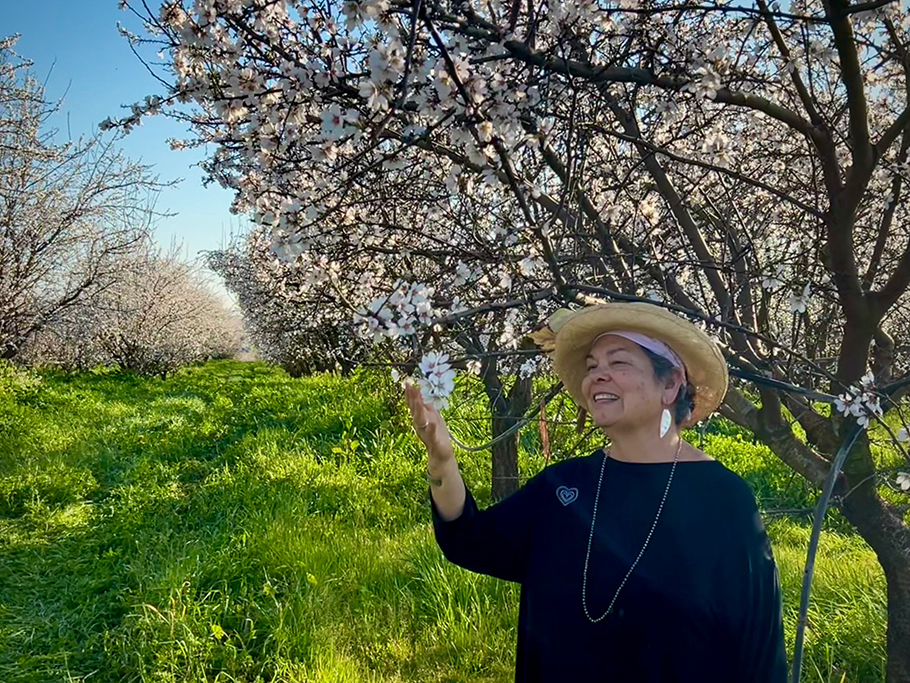
Challenges and Benefits
Many of the practices and techniques that are utilized on the Burroughs Family Farms are more labor intensive compared to the practices used on conventional farms. Despite this, the practices of regenerative agriculture allow farms implementing these methods to produce net revenues almost equivalent to those of conventional farms; farm expenses are significantly reduced when using regenerative agricultural practices as inputs and their related machinery and equipment are no longer needed. The emphasis on using inputs to increase soil fertility is transformed into an emphasis on using practices that mimic nature to restore soil fertility. In doing so, the soil is regenerated rather than depleted, leading to resilient soils with higher levels of water retention and infiltration. This resilient characteristic of regenerated soils is vital during drought years and provides farmers using these practices with an important advantage that conventional farmers are unable to possess, especially as droughts become more frequent with climate change.
Ward and Rosie Burroughs and their children believe in farming that uses a viable model that will be able to support future generations. Thus, they believe that the advocacy of regenerative, organic farming practices is of the utmost importance, with education becoming a key aspect of their farming operations. Ward and Rosie continue to carry on the teaching tradition established by Ward’s father in 1952, choosing to host and educate farming interns from around the world through the International Farmers Aid Association (IFAA). But, they are also constantly seeking out and pursuing their own education in the area of regenerative agriculture: “Farming is a journey. You are always learning and always improving. There is so much that we don’t know about the soil, its microbial life, and the impacts our actions and practices have on the environment.”
Links
https://www.burroughsfamilyfarms.com/(opens in new window)
https://www.farmaid.org/blog/farmer-heroes/rosie-ward-burroughs/(opens in new window)
https://nodpa.com/n/603/The-Burroughs-Family-Farm-Denair-CA(opens in new window)
